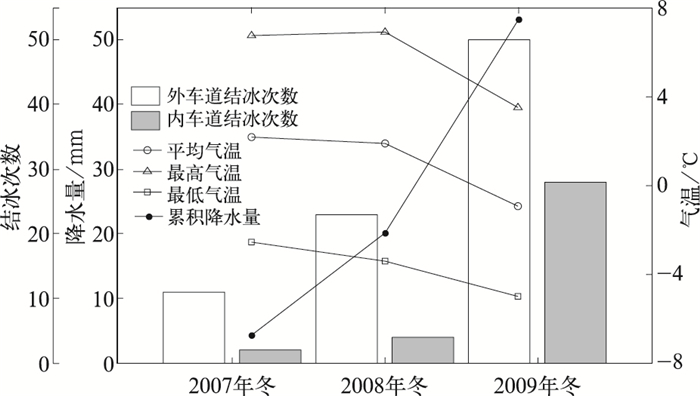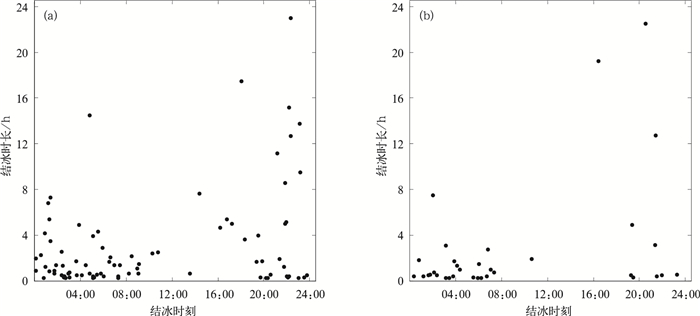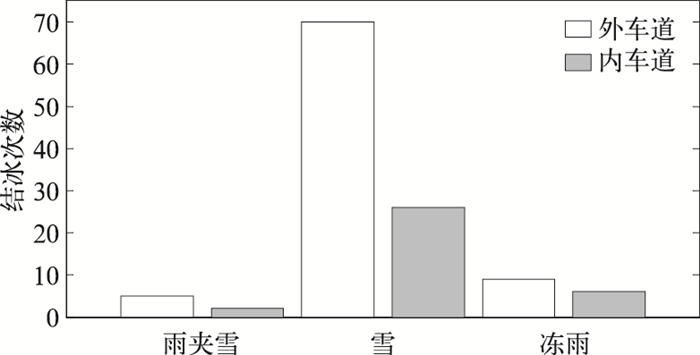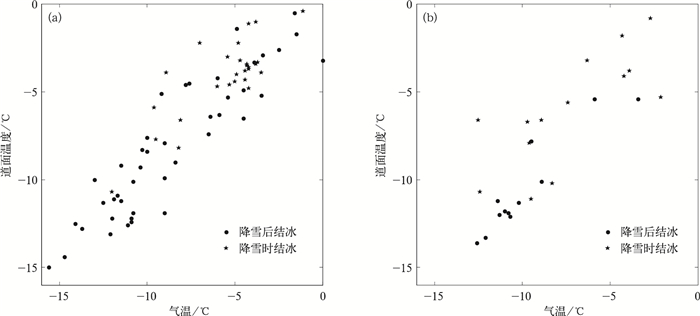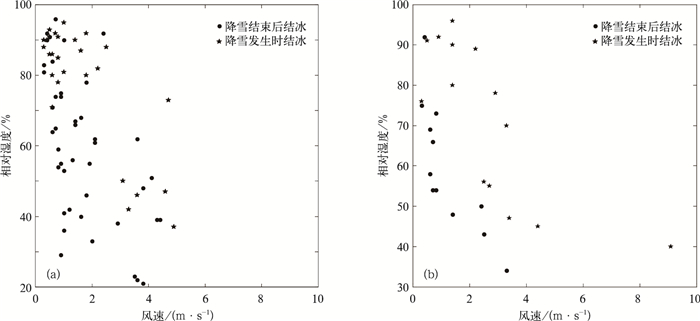摘要:
通过对2007—2010年北京市气象局交通气象监测站所采集的数据进行分析,研究了北京市高速公路道面结冰特征及气象条件。结果表明:北京市的道面结冰主要出现在西北部和城市环线高速公路;结冰次数年际变化显著,且同降水和气温之间关系密切。除此之外,北京地区高速公路内、外车道的结冰时刻均存在显著日变化,80%以上的结冰事件发生在20:00(北京时,下同) 到08:00之间,又以发生在后半夜为主,且前半夜结冰的持续时间明显长于后半夜。发生降雪结冰的气象条件:道面温度和气温均低于0℃,且道面温度略高于气温,环境风速较小,一般低于4 m·s-1。
Abstract:
Based on the datasets monitored by Vaisala ROSA stations from 2007 to 2009 (preliminary quality controlled) and diagnostic analysis, the characteristic and meteorological condition of Beijing expressway road surface icing is discussed on outside and inside lane separately. The results are as follows: The road surface icing almost occurs on the northwest and City Link of Beijing expressway, and the road surface icing in Juyongguan Station is the worst. Compared with inside lane, the outside lane is easier to ice because of lower road surface temperature, less traffic volume, and more stable road surface environment. According to the statistic results, the road surface icing may occur from November to the next March in Beijing. The annual variation of the icing is also significant, and the frequency of freezing has a close relationship with precipitation and atmospheric temperature. Furthermore, the diurnal variation of the icing-moment is significantly both on the inside and outside lane, with more than 80% of the icing events occurs between 2000 BT and the next 0800 BT, mainly after midnight. The duration of icing before midnight is markedly longer than that of after midnight and could last 23 hours.Ponding and snow on road are necessary for icing, and the icing caused by snow accounts for more than 75%, followed by freezing rain and sleet. Snow has several characteristics such as high albedo rate, solid and low surrounding temperature, making it easier to ice. The meteorological conditions of road surface icing are investigated. When the icing caused by snowfall occurs, the surrounding wind speed is mostly below 4 m·s-1 in favor of keeping stable and radiation cooling. And the road surface and atmospheric temperature are both below 0℃, and the former is often slightly higher than the latter, which account for more than 80% of the situations. The cause may be that the road surface is heated up by release of heat when icing. The differences are also obvious: The road surface temperature and atmospheric temperature is always between-5℃ and 0℃ when icing during snowfall, but below-5℃ after snowfall. The conditions of icing caused by other phenomena are similar, but the temperature is almost below-2℃. It should be pointed out that the time span of datasets is short and the datasets directly monitored by road weather station are used to study the road surface icing for the first time inland, so the results are preliminary. With the observation samples increasing, some new characteristics may be revealed, and added to the conclusions.


 设为首页
设为首页 加入收藏
加入收藏


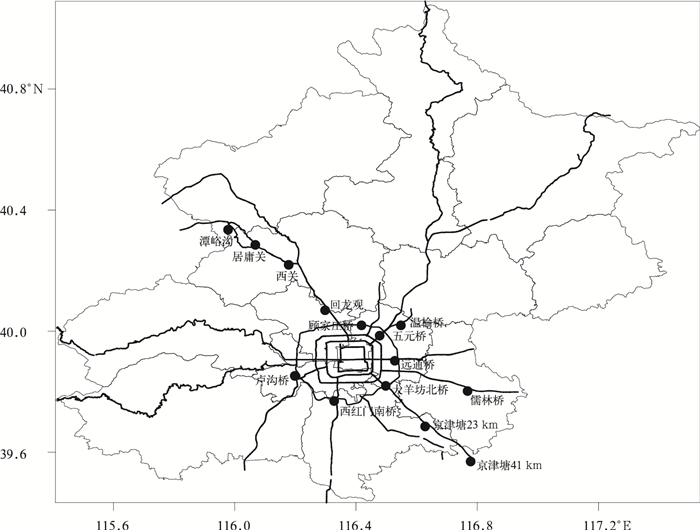
 下载:
下载:


